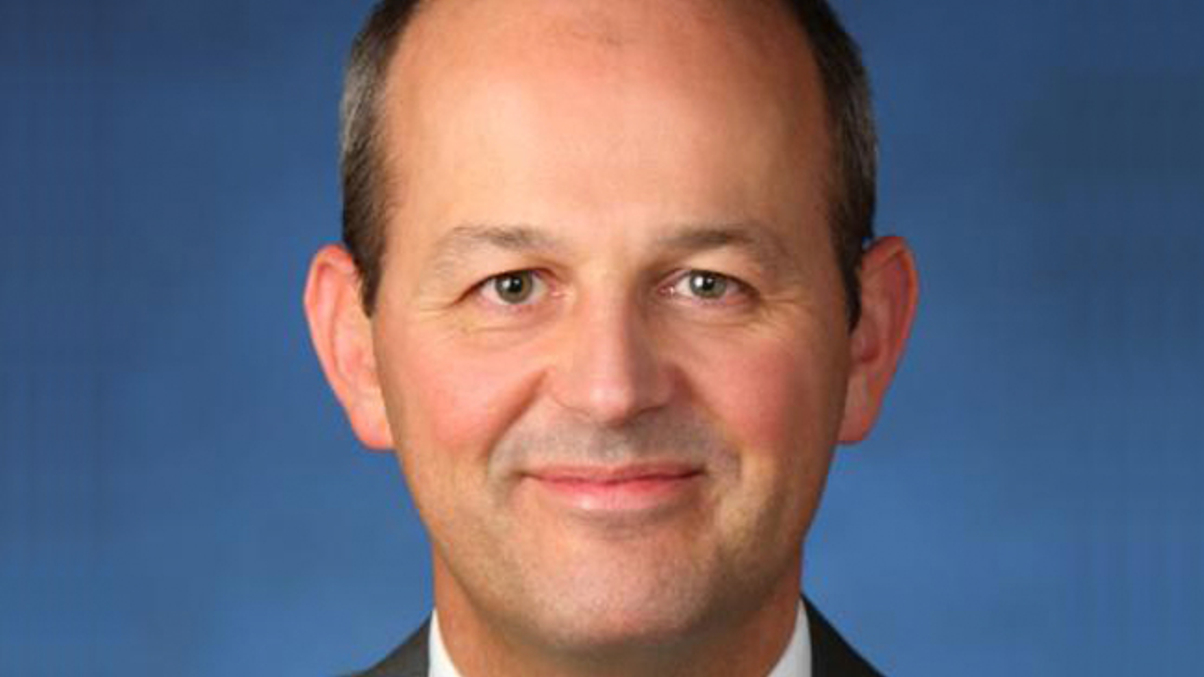partner content
The right partner to deliver investment solutions
Fund-management companies, brokerages and wealth management groups in Asia are turning to sub-advisory partnerships to grow their businesses and provide client solutions – in good times and bad.

Extreme volatility in financial markets, driven by uncertainty about the direction of the world’s leading economies, is driving more distributors of investment product, asset management companies and big financial institutions from around Asia to collaborate with global partners.
Sign In to Your Account
Access Exclusive AsianInvestor Content!
Please sign in to your subscription to unlock full access to our premium AI resources.
Free Registration & 7-Day Trial
Register now to enjoy a 7-day free trial—no registration fees required. Click the link to get started.
Note: This free trial is a one-time offer.
¬ Haymarket Media Limited. All rights reserved.


